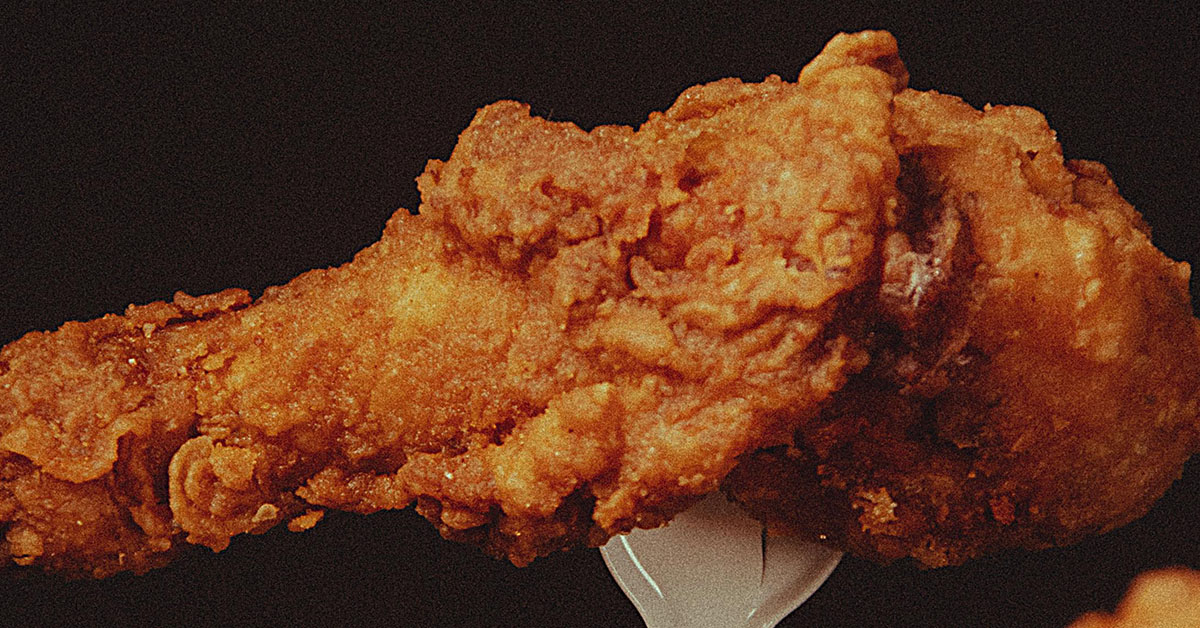Achieving the perfect double-frying crispy texture in fried foods is a culinary dream. This technique consistently delivers restaurant-quality results, transforming ordinary dishes into culinary masterpieces. This method, while requiring slightly more time and attention, significantly enhances the final product, producing an exceptionally crisp exterior while maintaining a moist and tender interior. If you’re tired of soggy fries and lackluster fried chicken, mastering this process is the answer.
Understanding the Process of Double-Frying
The double-frying process involves two distinct stages, each crucial for achieving the ultimate crisp. The first fry, conducted at a lower temperature, focuses on thoroughly cooking the food. This ensures the interior reaches the desired doneness without overcooking the exterior – the key to juicy, perfectly cooked insides. The second fry, at a higher temperature, develops the signature golden-brown color and incredible crispiness that defines this method. This is where the magic happens, turning a well-cooked piece of food into a crunchy, craveable delight.
Double-Frying Preparation: The Foundation for Success
Proper preparation is essential. Begin by prepping your chosen food: breading chicken, shaping potatoes into fries, portioning fish fillets, or preparing vegetables. Uniform size and shape are crucial for even cooking. Critically, ensure the food is completely dry before frying. Excess moisture is the enemy of crispiness and can cause dangerous splattering. Pat food dry with paper towels or allow it to air dry. For breaded items, ensure the breading adheres well to the food to prevent it from separating during the process.
Oil Selection and Temperature Control
Choosing the right oil is vital. Use an oil with a high smoke point, such as peanut, canola, or vegetable oil. These oils can withstand the high temperatures required without breaking down and imparting off-flavors. A deep-fry thermometer is indispensable for precise temperature control – a non-negotiable for success. For the first fry, heat the oil to between 325-350°F (160-175°C). This lower temperature facilitates even cooking without premature browning. Maintaining this temperature is crucial throughout the first stage.
The First Fry: Cooking the Interior
Carefully introduce the food into the hot oil, avoiding overcrowding, which lowers the oil temperature and compromises crispiness. Overcrowding results in uneven cooking and a less crispy product. Fry in batches if necessary. The goal of the first fry is to cook the food through, not to achieve significant browning. Fry until the food is cooked through, but not yet golden brown. The time will vary depending on the food, its size, and its starting temperature. Use a kitchen timer for consistent results.
Resting and Raising the Temperature
Once cooked through, remove the food from the oil using a slotted spoon or skimmer, allowing excess oil to drain. Place the food on a wire rack lined with paper towels. This resting period is essential. It allows residual heat to distribute evenly, completing the cooking process and preparing the food for the second, crisping fry. Simultaneously, increase the oil temperature for the second stage.
The Second Fry: Achieving Crispiness
The second fry requires a higher temperature, between 375-400°F (190-200°C). This stage develops the desired color and crispiness. The higher temperature rapidly dehydrates the food’s surface, creating a signature crispy exterior. Return the food to the hot oil for a short period, typically one to two minutes, or until it achieves a deep golden-brown hue and a crisp texture. Close monitoring is essential to prevent burning during this crucial step.
Finishing Touches and Serving
Remove the food from the oil and return it to the wire rack to drain. Immediately season with salt while the food is hot for optimal flavor absorption. The heat helps the salt adhere. Other seasonings, like pepper, paprika, or spices, can be added at this stage.
The Results and Key Considerations
The result is a noticeable improvement in texture and crispness compared to single-fried methods. This double-frying method creates a significantly crispier exterior that retains its texture longer, even after cooling slightly.
Key considerations for success:
- Oil Maintenance: Strain the oil after each batch to remove food particles. Clean oil is essential.
- Batch Size: Fry in small batches to maintain consistent oil temperature.
- Temperature Monitoring: Use a deep-fry thermometer.
- Dryness: Thoroughly dry food before frying.
- Immediate Seasoning: Season hot, freshly fried food immediately.
Conclusion: Mastering the Technique of Double-Frying
This process, while requiring extra steps, provides a substantial improvement in fried food quality. The resulting crispiness and superior texture justify the effort. For achieving restaurant-quality results at home, this is a must-master technique. It elevates fried food to a culinary delight. Experiment with different foods and seasonings to create your own specialties!
